By KRISTEN ARDANI and DAVID LABRADOR
The residential solar-plus-storage market has certainly received a lot of attention in recent months. With the release of new, lower-cost products and implementation of utility time-of-use and demand-charge rate structures, the overall economics of photovoltaics (PV)-plus-storage systems continue to improve — but questions remain as to what’s ultimately needed to achieve widespread deployment.
To better understand this market evolution, Rocky Mountain Institute (RMI) explored the services and value that battery energy storage can provide, and is collaborating with the National Renewable Energy Laboratory (NREL) on further research that examines the costs — and value — of PV-plus-storage systems.
The first in a planned series of reports on this topic, Installed Cost Benchmarks and Deployment Barriers for Residential Solar Photovoltaics with Energy Storage: Q1 2016, provides the most detailed component- and system-level cost breakdowns for residential PV-plus-storage systems to date and quantifies previously unknown soft costs for the first time. The report also shares insights on market barriers to adoption.
Helping wildfires spread
Back in April 2015, RMI and partners including Global X and HOMER Energy published a study, The Economics of Load Defection, that examined how grid-connected solar-plus-battery systems will compete with traditional electric service.
The findings showed that declining costs for such systems, combined with retail price hikes for grid electricity, would make grid-connected solar-plus-battery systems economically optimal for customers in many parts of the country by 2030. Furthermore, solar-plus-battery systems can offer other important benefits to customers, such as backup power for critical loads in the event of a grid outage and cost savings via peak-demand shaving and time-of-use shifting. However, at the time, RMI’s study did not detail the exact nature of energy storage costs.
Figuring out how to compare apples to apples
To break down the installed costs of PV-plus-storage systems today, RMI and NREL first analyzed data across a variety of existing studies from sources including Lazard and GTM, in addition to our own experience in the RMI Innovation Center.
One challenge to analyzing component costs and system prices for PV-plus-storage installations is choosing an appropriate metric. Unlike stand-alone PV, energy storage lacks a standard set of widely accepted benchmarking metrics, such as dollars-per-watt of installed capacity or levelized cost of energy.
Energy storage costs can vary both by the total energy capacity of the system — expressed in $/kilowatt-hour (kWh) — and the rate at which it charges or discharges — expressed in $/kilowatt (kW). Some consumers may prefer to optimize their system for longer-duration discharge, while others may have high peak demand and want to optimize their storage solution for power (kW) rather than energy capacity (kWh). Given the diversity of household preferences and load profiles, using a single metric can artificially distort reported costs — making it difficult to compare across varying systems. Therefore, we used the total installed price as our primary metric, rather than using a metric normalized to system size.
To analyze component costs and system prices for PV-plus-storage installed in the first quarter of 2016, we adapted NREL’s component- and system-level bottom-up cost-modeling approach for stand-alone PV. Our methodology includes accounting for all component and project-development costs incurred when installing residential systems, and it models the cash purchase price for such systems, excluding the investment tax credit (ITC).
Getting down to cases
Applying these methods, we looked at two primary cases: one that we refer to as the small-battery (3-kW/6-kWh) case, and another that we refer to as the large-battery (5-kW/20-kWh) case. For each, we test sensitivities around two sets of alternatives: DC- or AC-coupling configurations, and retrofit or new installations. The distinction between DC and AC coupling determines whether the battery stores power directly from the PV panels or first converts it to AC power, which allows AC charging from both the PV panels and the grid.
The small-battery case is designed for a typical customer’s self-consumption of electricity, including peak-demand shaving and time-of-use shifting, whereas the large-battery case is designed to support greater backup energy requirements for improved resiliency to outages.
Here’s what we found: the benchmarked price of the small-battery case — which uses a 5.6-kW PV array and a 3-kW/6-kWh lithium-ion battery — is about twice as high as the price of a stand-alone, grid-connected 5.6-kW PV system (see the bar graph in Image #2, below). The DC-coupled system price ($27,703) is $1,865 lower than the AC-coupled system price ($29,568) for a new PV-plus-storage installation. The price premium for AC-coupled systems is mainly due to the hardware and labor costs associated with the additional grid-tied inverter required for AC coupling.
However, installed price is not the only consideration when comparing AC- and DC-coupled systems: AC-coupled systems are more efficient in applications where PV energy is generally used at the time of generation, and DC-coupled systems tend to be more efficient in applications where PV energy is stored and used later.
We also compared the small-battery case shown in that chart with the large-battery case that’s designed to increase resiliency by providing longer periods of backup power during grid outages. The larger system uses a 5.6-kW PV array with a higher-capacity 5-kW/20-kWh lithium-ion battery (see Image #3 below).
The DC-coupled price of this resiliency system is $45,237, which is 63 percent more than the DC-coupled price of the small-battery system. With AC coupling, the price of the resiliency system is $47,171, which is 60% more than the price of the small-battery system. But in exchange for the increased cost of the larger system, a household could potentially cover critical loads for roughly four times longer than with the small system, other things being equal.
All economic viability is local
The component-level breakdown shows that hardware costs constitute just half the total price of the small-battery system and roughly 60% of the large-battery resiliency system. And the rest of the costs depend on where the system is installed: locality-specific costs and processes like permitting, interconnection, net metering, and fire codes can vary widely, affecting not only project costs but project timelines as well.
Some of the biggest variables affecting the financial viability of grid-connected solar-plus-storage projects are the local utility rates, incentives, and ancillary benefit valuations. Often, the utility rate structure (e.g., whether it uses peak-demand pricing, time-of-use rates, and the like) is the primary factor determining the financial viability of adding storage to a PV system.
A path forward
While PV-plus-storage system costs continue to decline, they still remain relatively high for many residential uses on account of soft costs related to permitting and regulatory barriers. However, as utilities and permitting jurisdictions gain familiarity with residential storage systems, we anticipate that the residential storage market will grow at an increasing rate in the U.S.
The work presented in this paper is an important step to help technology manufacturers, installers, and other stakeholders identify cost-reduction opportunities while also informing decision makers about regulatory, policy, and market characteristics that impede solar-plus-storage deployment. Technology costs are changing rapidly, and this cost benchmarking lays the foundation for ongoing tracking of improvements in real-world systems.
© 2017 Rocky Mountain Institute. Published with permission. Originally posted on RMI Outlet. Kristen Ardani is a solar program lead for Solar Soft Costs and Tech to Market at the National Renewable Energy Laboratory (NREL). David Labrador is a writer / editor at RMI.
Weekly Newsletter
Get building science and energy efficiency advice, plus special offers, in your inbox.
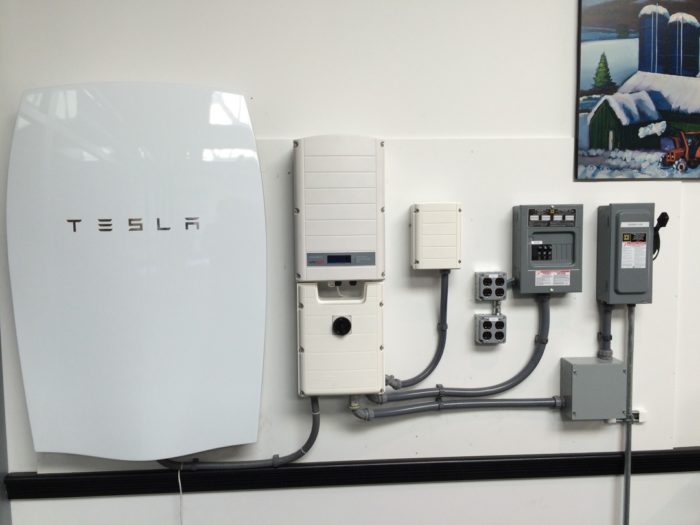




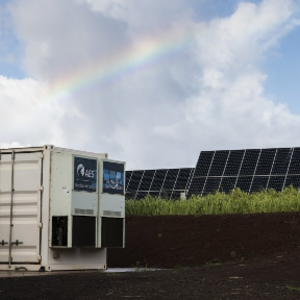
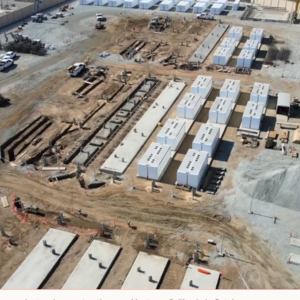
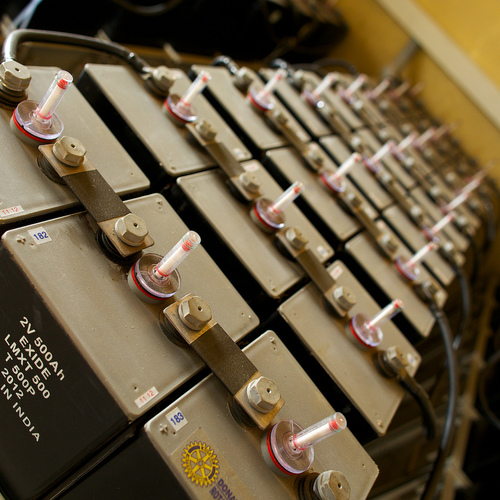
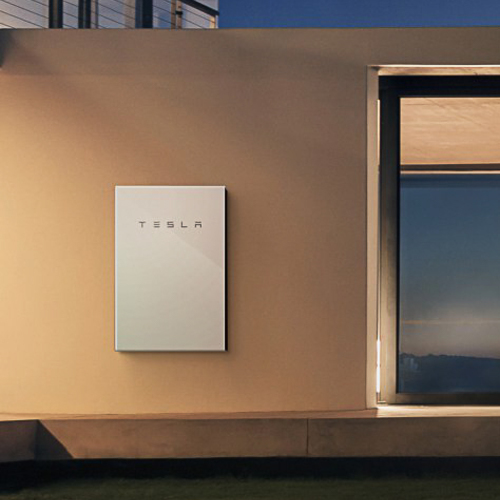






7 Comments
It is amazing how quickly
It is amazing how quickly costs change. This report was done in Q1 2016 and it estimated the incremental installed cost of a 3kw/6kwh battery to be $14k. Tesla is currently advertising its Power Wall 2 for $8,200 installed and that is a 5kw/13.5kwh battery, almost twice the power and and more than twice the storage of the system in the analysis at almost half the price.
Cost of grid tie
I wish the graph showed cost of grid connection... I guess it is hard to quantify... but perhaps could be represented as:
Grid connection + 100' trenching + electrician cost
this is an expense that could be avoided in the large battery without grid connection.
Response to Ethan T
Ethan,
The advantages of having a grid connection are so overwhelming that your house has to be much farther away from the nearest utility pole than 100 feet to even consider going off grid.
As someone who has lived in an off-grid house for 40 years, I'm regularly amazed by the number of Americans who have a romantic view of off-grid life. It's not romantic. There are a lot of conveniences that most Americans take for granted which are out of reach for off-grid residents.
I question the usefulness of
I question the usefulness of any storage cost metric that doesn't include number of cycles.
Zinc bromide looks interesting
Treehugger recently had an article on Redflow's zinc bromide flow batteries. It is more expensive than Powerwall but seems to offer some advantages over lithium ion stacks (complete draw-down, longer service life, safety, cheaper raw materials).
I remain skeptical
I think that people have gotten used to the extremely long lifetime of residential solar and they're in for an unpleasant surprise with lithium. Sure, lithium chemistries last longer than lead acid, but people are going to want to cycle these things once a day for years and few (if any) of the lithium chemistries will handle that, particularly if customers buy them according to the kWh ratings. I love lithium for cars, but those only need hundreds of (full) cycles for a reasonable lifetime. In a home system, people are going to want thousands. I think this is another case where the grid is going to be your best battery and grid scale batteries are a whole different beast than residential batteries.
Response to Martin
I agree Martin. I had to run power from 1,200 feet from the switching cabinet. It was a lot of work and I did it myself (trenching, dropping conduit, back-filling). It ran me around $4k in parts, trenching equipment, operator labor, etc. Contractors wanted around $12k to do everything so I saved $8k by doing it myself.
Still well worth it to have power to the home. Not only for convenience but for residual value. Having underground power added a lot of value to the home & property.
Living off-grid is not easy and it requires a lot of work and compromise.
If the power ever goes out due to a storm, I have a generator I can run. Most importantly, the home is super energy efficient so I can take a few hours or even a day or two without electricity.
Log in or create an account to post a comment.
Sign up Log in